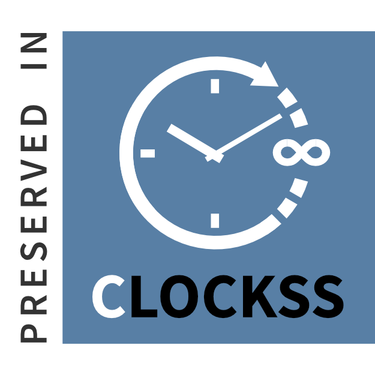Internet Addiction and Associated Factors among Undergraduates
Abstract
Background: With the surge of internet-based smart gadgets worldwide in 21st century the problem of internet addiction is emerging as a major behavioural addiction pandemic of the contemporary era. Excessive Internet use has become significant mental health concerns especially among students. Internet use has many advantages if used in right fashion, it has an enormous amount of negative consequences as well such as depression, attention deficit and so forth.
Methods: Descriptive cross-sectional study was done among 356 undergraduate students of Bharatpur Metropolitan City of Nepal. Multistaged random sampling was applied to select undergraduate students and semi structured self-administered questionnaire along with structured standard Young’s tool for Internet Addiction Test was used for collecting information during June 2019 to August 2019.
Result: Alarmingly High proportions of participants (73%) were found addicted to Internet, where, 48%, 20.5% and4.5% had mild, moderate and severe Internet addiction respectively. Higher prevalence of Internet addiction was observed among those whose father’s occupation was ‘foreign employment’ as compared to agriculture. (AOR?=?2.34, 95% CI 1.02-5.33, p?=?0.04), Failed in the recent exam as compared to Pass in the recent exam. (AOR = 2.81 CI 1.40 – 3.561, and among non-science stream as compared to science stream (AOR?=?3.10, 95%CI 1.81-5.32), p=<0.001)
Conclusions: The finding suggests that prevalence of Internet addiction was tremendously high among undergraduate students. There is critical need of awareness programmes targeted to the students as well as parents regarding the negative impacts of unwise Internet use.
Keywords: Bharatpur metropolitan; internet addiction; undergraduate students.
Copyright (c) 2022 Kishor Adhikari, Sandhya Dahal, Amrita Ghimire, Gayatri Khanal, Subash Koirala, Chet Kant Bhusal, Rakesh Singh

This work is licensed under a Creative Commons Attribution-NonCommercial 4.0 International License.
Journal of Nepal Health Research Council JNHRC allows to read, download, copy, distribute, print, search, or link to the full texts of its articles and allow readers to use them for any other lawful purpose. Copyright is retained by author. The JNHRC work is licensed under a Creative Commons Attribution-NonCommercial 4.0 International (CC BY-NC 4.0).












